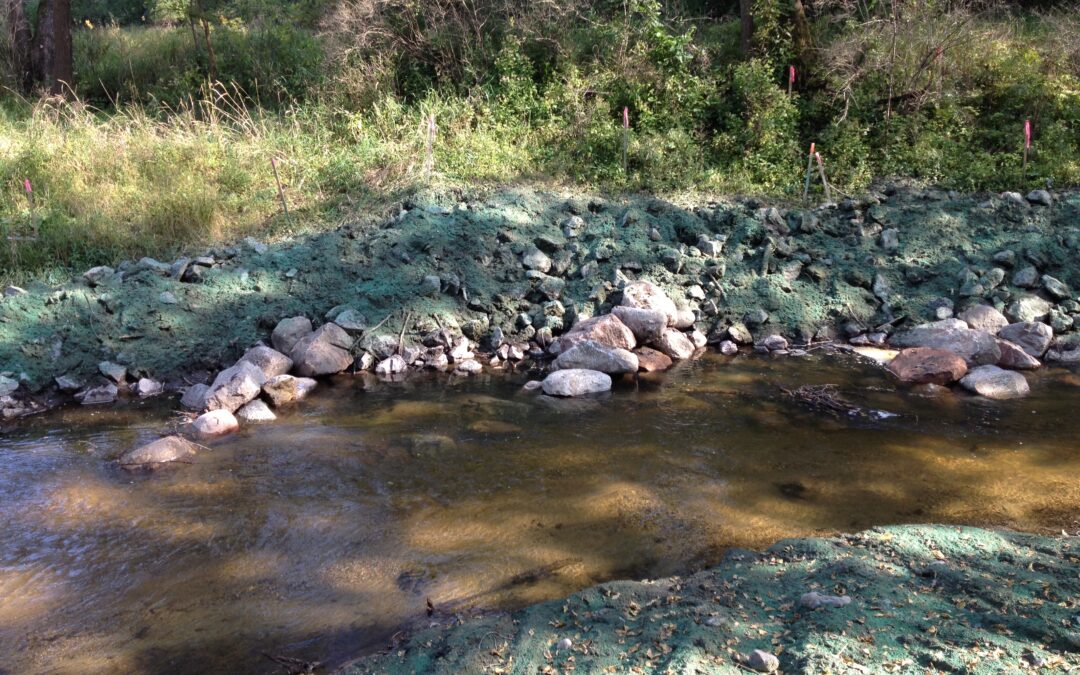Quantifying functional change on streams in Minnesota and Wisconsin just got a little easier!
In 2024, the U.S. Army Corps of Engineers St. Paul District Regulatory Division announced the release of version 1.0 of the Minnesota and Wisconsin (MNWI) Stream Quantification Tool (SQT) and Debit Calculator. This replaces the separate Minnesota SQT (MNSQT) and the beta version of the Wisconsin SQT (WISQT) tools.
The Initial Versions of the Separate Tools
Initially, these two tools were separate, but because of the similarities in Minnesota and Wisconsin when it comes to natural resources, and both states are in the same district of the U.S. Army Corps of Engineers, it was decided to combine both states into one tool.
When MNSQT was launched back in 2019, it was the driving force behind Lucius Jonett, PLA, opening the doors of Midwest Wetland Improvements. Then the beta version of the Wisconsin SQT came online a year or two later. Given our interest and experience using both of the previous tools, it’s safe to say that we are pretty well-versed in their importance, the opportunities we hope they bring to our science, and how to use them.
The Importance of the MNWISQT
While we have some homework to do, to learn the nuances of the new combined MNWISQT, we are excited by the opportunity it presents. So much of our work depends on the data it will allow us to collect, and with this tool, collecting that data will be easier than ever!
Monitoring is crucial to the success of a mitigation project and our continued learning of our sciences. Although mitigation banks must be monitored for at least 10 years, it’s not uncommon for monitoring efforts to be cut early from the rest of our restoration project budgets before we get the full chance to learn from them.
Thanks to the MNWISQT, we’ll be more frequently required to collect the data we need to monitor the cause and effect of issues affecting our streams over the next twenty years. This is essential information, and with this data, we’ll better understand how the projects we’re working on are improving water quality and stream biodiversity.
This tool will provide the proof and long-term monitoring data essential for learning how to mitigate dangers, develop additional projects, and bring more ecological function to our streams. It will also help us obtain mitigation credits through a vetted procedure and common requirements.
Get Help from Midwest Wetland Improvements
If you aren’t working in this field every day, the MNWISQT might seem a bit overwhelming. That’s where we can help you.
Midwest Wetland Improvements is committed to learning everything we can about using this tool to collect the data we need to improve our local wetlands and streams. By working together, we can protect more of our streams, learn more about their ecological benefits, and reinforce the financial necessity of wetland mitigation.
If you’re interested in learning more about the MNWISQT and how it will benefit mitigation efforts or discussing long-term monitoring and management of your restoration project, contact Midwest Wetland Improvements today!


Recent Comments